Top 5 Benefits Of Ferulic Acid For Skin, Uses, & Side Effects
Bid blemishes, wrinkles, and fine lines adieu as you gently soothe your inflamed skin.

Image: Shutterstock
Many beauty bloggers recommend using ferulic acid for the skin. They claim it effectively smoothes out wrinkles and gives the skin a much-needed glow. But does it have any scientific backup? Yes. Ferulic acid has antioxidant and inflammatory properties. Also, it is said to benefit the skin through its free radical scavenging activity. But how does it fare on the safety front?
In this article, we look at the five major benefits of ferulic acid for the skin, how to use it, and its potential side effects. Keep reading.
In This Article
What Is Ferulic Acid?
Ferulic acid is a phenolic phytochemical found abundantly in plant cell walls. It is widely used in skin care, especially in the formulation of anti-aging products as it is known for delaying skin photoaging.
While research on the effectiveness of ferulic acid is very limited, it is generally considered safe for use.
Here, we have listed some of the potential benefits of ferulic acid and how it may make your skin firmer, smoother, and healthier.
Key Takeaways
- Ferulic acid prevents premature aging of the skin. It brightens and smoothens skin and is generally suitable for all skin types.
- Anecdotal evidence suggests that topical application through creams, serums, and herbal products is the best way to enjoy its benefits.
- Before applying a ferulic acid serum, remember to tone your skin. After the serum, moisturize your skin and use eye cream.
- Pair ferulic acid products with vitamins A, C, and E for best results. However, do not pair it with exfoliating acids.
5 Potential Benefits Of Ferulic Acid For Skin
Ferulic acid
has proven anti-inflammatory, antioxidant, and antimicrobial properties that may help your skin in numerous ways (1). Read on to learn how ferulic acid can benefit your skin.
1. May Fight Premature Aging
Aging is a natural process, but the appearance of fine lines and wrinkles can be distressing to many people. Environmental pollutants and exposure to the sun’s rays can speed up the aging process.
Ferulic acid is a potent antioxidant that defends your skin against free radicals and oxidative stress. It may keep your skin youthful for longer. Apart from being a free radical scavenger, ferulic acid also boosts effectiveness of other antioxidants, including vitamins A, C, and E (2).
2. May Help Brighten Skin
Ferulic acid, especially when used with vitamin C, may help reduce dark spots and uneven pigmentation. It also may help heal skin inflammation and brighten it. However, more information is warranted in this regard.
3. May Smoothen Skin
The anti-inflammatory properties of ferulic acid may help smoothen the skin. It also may improve skin texture. Anecdotal evidence suggests that using it with retinol may deliver the best results.
4. Is Suitable For All Skin Types
Ferulic acid is generally considered safe for all skin types. You can expect results irrespective of your skin type (dry, oily, normal, or combination).
Ferulic acid is indeed a great ingredient for skin care. Let us explore a few ways you can incorporate it into your daily routine.
What Forms Is Ferulic Acid Available In?
Ferulic acid is easily available as oral supplements and creams and serums for topical application. It is often found in high concentrations in certain herbal products and is used extensively in traditional Chinese medicine.
 Quick Tip
Quick TipHowever, anecdotal evidence suggests that taking ferulic acid as an oral supplement may not effectively promote skin health in the short run. If you want to improve your skin health, choose skin creams, ointments, and serums enriched with ferulic acid.
You can also buy pure ferulic acid powder and add it to DIY creams and serums if you make your own skin care products at home.
Let us now see how to use ferulic acid for best results.
How To Use Ferulic Acid For Skin
1. Cleanse Your Skin
Skin care products work best on clean skin. Make sure your skin is clean before you start applying creams and serums. Wash your face and neck with cool water and a gentle cleanser that suits your skin type. Pat your face dry.
2. Use A Toner
Toning is an essential step in skin care. Apply a little amount of toner after washing your face to control the excess oil and keep your skin hydrated.
3. Apply Ferulic Acid serum
Now that your skin is cleansed and toned, it is time to apply your ferulic acid serum. A serum enriched with vitamins C and E along with ferulic acid is the best option. Take a few drops of the serum on your fingertips and apply to your facial skin in upward circular motions.
4. Moisturize
Keeping your skin well moisturized
is essential at all times. Choose a moisturizer that suits your skin type and doesn’t weigh it down. Do not skimp on moisturizing even if you have oily skin – you can instead choose a lightweight, water-based moisturizer.
5. Apply Eye Cream
Using an eye cream is essential to protect and nourish the delicate skin around your eyes. As you age, fine lines and wrinkles are likely to first appear near your eyes. Hence, ensure you take good care of the region around your eyes with an eye cream.
While some claim using ferulic acid serum in the mornings is enough, others suggest including it in your evening routine as well. Feel free to experiment and find out what works best for your skin.
While there are many ferulic acid serum brands available on the market, you can easily make a DIY version at home too. Check the recipe in the next section.
DIY Ferulic Acid Serum
Not only do you know what exactly is going into your serum, but DIY skin care products are also cost-effective in the long run. Just grab the ingredients and whip up your own ferulic acid serum that works just as great, if not better, than the store-bought products.
You Will Need
- ½ cup distilled water
- 4 teaspoons l-ascorbic acid
- 4 teaspoons ferulic acid powder
- 1 teaspoon plant-based glycerin
- 1 teaspoon vitamin E oil
- ½ teaspoon hyaluronic acid powder
- 60 drops leucidal liquid (preservative)
How To Make
- Pour the water into a small mixer jar.
- Add all the other ingredients and blend at the highest speed for a few seconds.
- Transfer the serum into a small dark glass bottle with the help of a funnel.
- Store in the refrigerator for up to 4 weeks.
- Use just like you would use a store-bought ferulic acid serum.
 Did You Know?
Did You Know?Ferulic acid works best when used alongside a few other ingredients. Find out the key ingredients that it can be mixed with for better results.
Use Ferulic Acid With These Ingredients For Best Results
Ferulic acid is a potent antioxidant that boosts the efficacy of other antioxidants for skin when used together. Therefore, it is recommended that you use ferulic acid products that contain these ingredients too:
- Vitamin C
- Vitamin E
- Vitamin A (retinol)
Vitamins C, E, and A play a significant role in skin care and can be beneficial in treating various skin conditions, ranging from acne and psoriasis to premature signs of aging (4). When used together with ferulic acid, the vitamins are believed to more effectively defend the skin against free radical damage. That said, there are a few other ingredients you must never combine ferulic acid with. We have discussed the same in the next section.
Are There Any Ingredients That Should Never Be Used With Ferulic Acid?
Anecdotal evidence suggests that ferulic acid does not pair well with exfoliating acids such as AHAs or BHAs. These acids might affect the pH balance of the final product and impact the ingredient’s efficacy.
Ferulic acid is a gentle ingredient generally considered safe for most people. However, before you use it, you should be aware of its potential side effects.
Does Ferulic Acid Have Any Side Effects?
Ferulic acid doesn’t have any known side effects. But individuals with sensitive skin should be careful while using products with this ingredient. Discontinue use if you experience any of the following symptoms:
- Rashes
- Skin irritation
- Acne breakouts
- Redness
- Hives
- Peeling of skin
You should be fine using ferulic acid unless you have ultra-sensitive skin or are prone to severe allergies.
Who Would Benefit The Most From Ferulic Acid?
Ferulic acid is a versatile ingredient that can be effective on all skin types. Regular use of this powerful antioxidant can give you visibly smoother, clearer, and youthful skin irrespective of your skin type or age.
However, certain individuals can benefit the most from this ingredient.
1. Those With Aging Skin
Have you begun to notice some early signs of aging, such as fine lines, wrinkles, and loss of skin elasticity? This is a good time to start using products enriched with ferulic acid.
Aging is often accelerated by the actions of free radicals. Ferulic acid scavenges free radicals and may help reduce the signs of aging.
Donna Kay Parrish, a licensed esthetician says, “Aging skin will see a greater difference in their skin when they start the use of ferulic acid. You will also see skin become brighter and more radiant. I do not think anyone will forget to use this serum once they begin to use it because it causes such a positive change on the skin.”
2. Those With An Uneven Skin Tone
Many beauty bloggers and vloggers swear by the efficacy of ferulic acid to smoothen out uneven skin tone. The skin care ingredient seems to form a protective layer on the skin to safeguard it from external stressors.
3. Those With Dull, Damaged Skin
The antioxidant and anti-inflammatory properties of ferulic acid may help repair skin damage and improve skin glow.
4. Those Who Spend More Time Outdoors
Do you play outdoor sports, go on picnics, or take long walks on the beach? Then you should consider adding ferulic acid to your daily skin care routine.
Frequent exposure to environmental pollutants and the sun’s harsh rays can cause irreversible damage to your skin in the long run. You can start protecting your skin by using a ferulic acid serum daily.
5. Those In Their 20s And Early 30s
If you are in your 20s or early 30s and want to start a skin care routine to delay aging, ferulic acid is your best bet. This ingredient is primarily good for preventive skin care. It may help delay the signs of premature aging.
6. Those Who Prefer Nature-Based Skin Care
Unlike many ingredients used in commercial skin creams, ferulic acid is a naturally occurring substance. It is found in abundance in the cell walls of apples, peanuts, rice, bananas, and avocados. You can try ferulic acid if you love nature-based skin care solutions.
Precautions
- Always do a patch test before topical application to check for any adverse reactions or allergies.
- Ferulic acid may increase sensitivity to the sun, hence always apply a sunscreen with minimum SPF 30 when using products containing ferulic acid during the day.
- High concentrations may not always provide better results and may increase the risk of irritation, thus follow proper instructions and consult a dermatologist before using.
- Ferulic acid may degrade when exposed to light and air, so ensure you invest in products with proper packaging.
- Avoid applying ferulic acid if you have broken skin.
- Do not use any physical exfoliants like facial scrubs before applying ferulic acid.
Ferulic acid is a phytochemical widely used in anti-aging products for fighting premature aging. Studies suggest that ferulic acid’s anti-inflammatory and antioxidant properties may reduce hyperpigmentation and improve skin texture. You can use ferulic acid for your skin as a cleanser, toner, moisturizer, or eye cream to keep your skin healthy. It is recommended that you use ferulic acid products with vitamins A, C, or E to reap the most benefits. Although suitable for all skin types, individuals with sensitive skin should exercise caution before using ferulic acid as they may experience side effects such as hives, redness, or irritation.
Frequently Asked Questions
Which is better – hyaluronic acid or ferulic acid?
Both acids have different functions. Hyaluronic acid keeps the skin hydrated and is a wonderful moisturizing ingredient. Ferulic acid is an antioxidant that boosts the function of other antioxidants to fight free radicals and reduce spots, fine lines, and wrinkles.
Is ferulic acid a vitamin E?
No. Ferulic acid is not vitamin E. However, it boosts the functions of vitamin E and other antioxidants present in skin care products.
Does ferulic acid help with dark circles?
It may help. Ferulic acid may help brighten the skin and promote the healing process. Thus, it may also help with dark circles.
Explore the benefits of ferulic acid in this video guide. Learn how this antioxidant powerhouse protects against skin aging, reduces sun damage, and boosts the effectiveness of other skin care ingredients.
References
Articles on StyleCraze are backed by verified information from peer-reviewed and academic research papers, reputed organizations, research institutions, and medical associations to ensure accuracy and relevance. Read our editorial policy to learn more.
- Antioxidant Properties of Ferulic Acid and Its Possible Application
https://pubmed.ncbi.nlm.nih.gov/30235459/ - Ferulic Acid Stabilizes a Solution of Vitamins C and E and Doubles its Photoprotection of Skin
https://www.jidonline.org/article/S0022-202X(15)32491-X/fulltext - The effectiveness of ferulic acid and microneedling in reducing signs of photoaging: A split-face comparative study
https://pubmed.ncbi.nlm.nih.gov/32654286/ - Role of vitamins in skincare
https://pubmed.ncbi.nlm.nih.gov/11684391/
Read full bio of Donna Kay Parrish
Read full bio of Arshiya Syeda
Read full bio of Ramona Sinha
Read full bio of Monomita Chakraborty








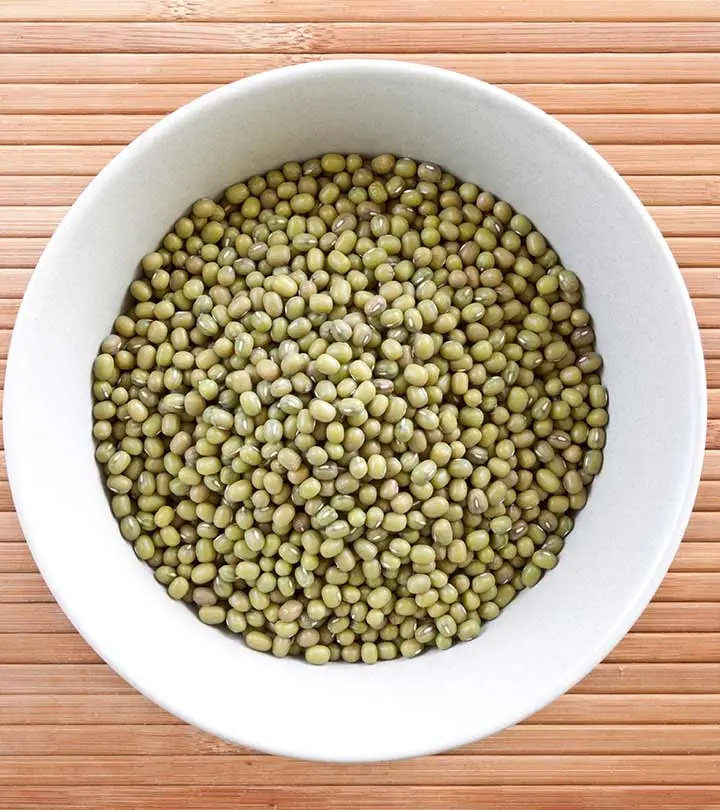
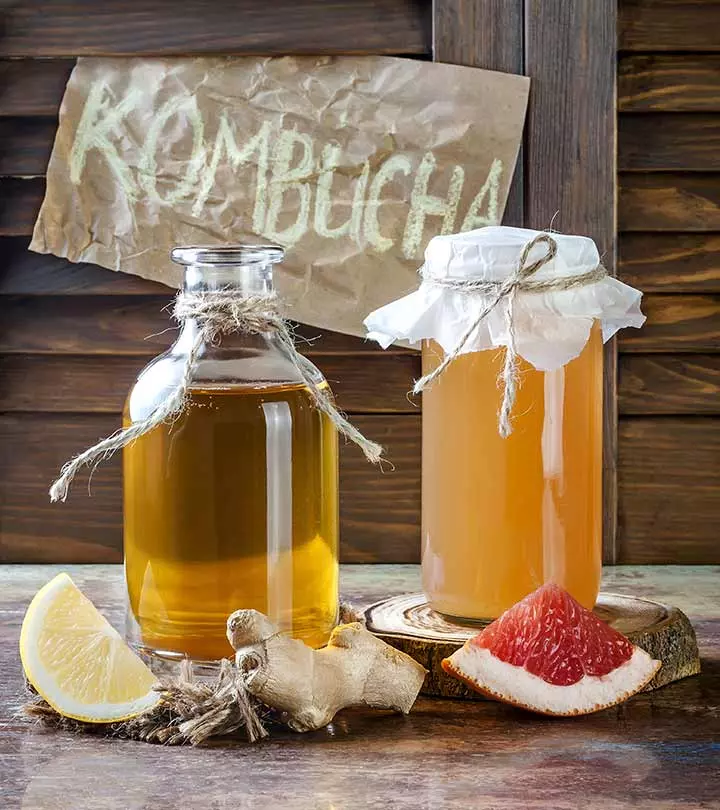
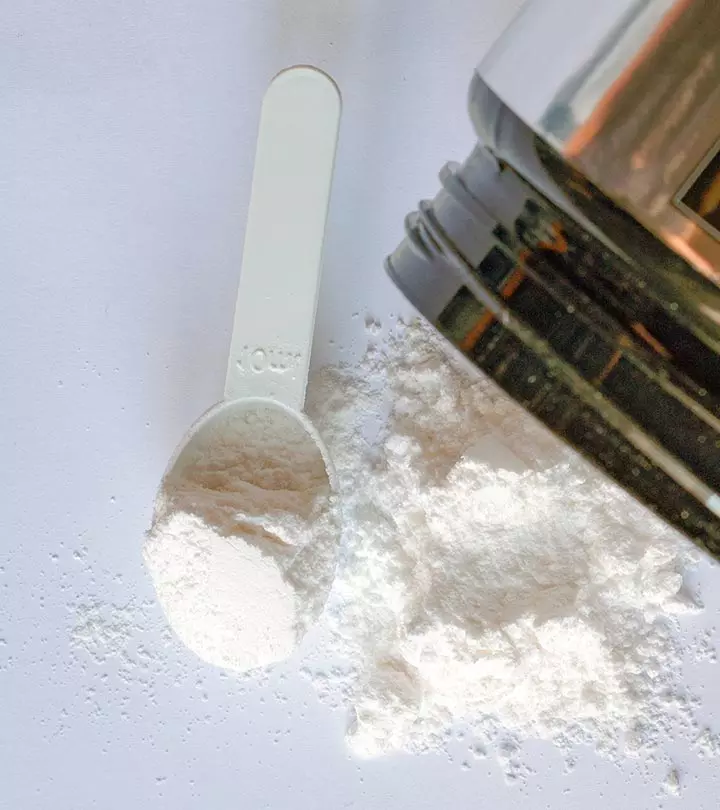
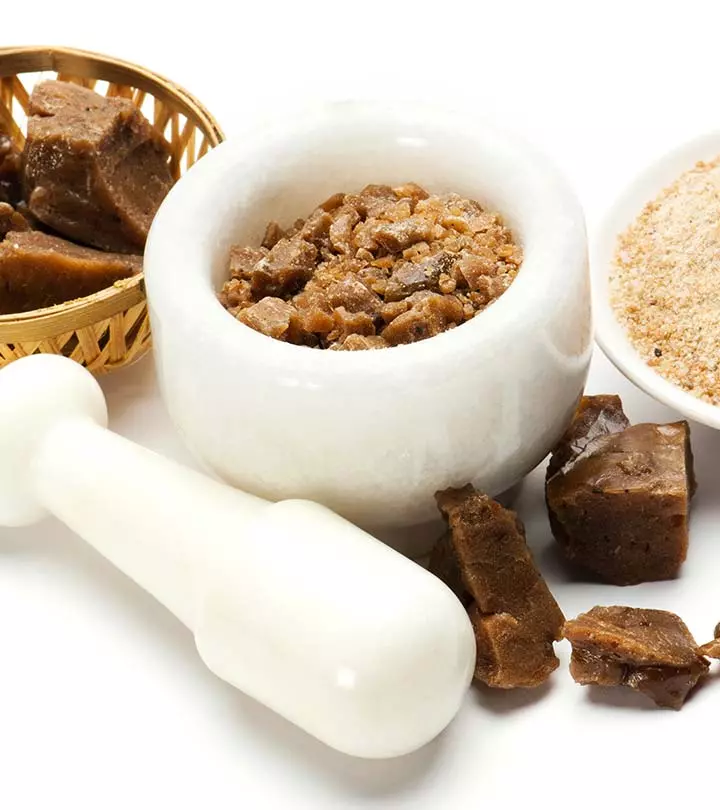
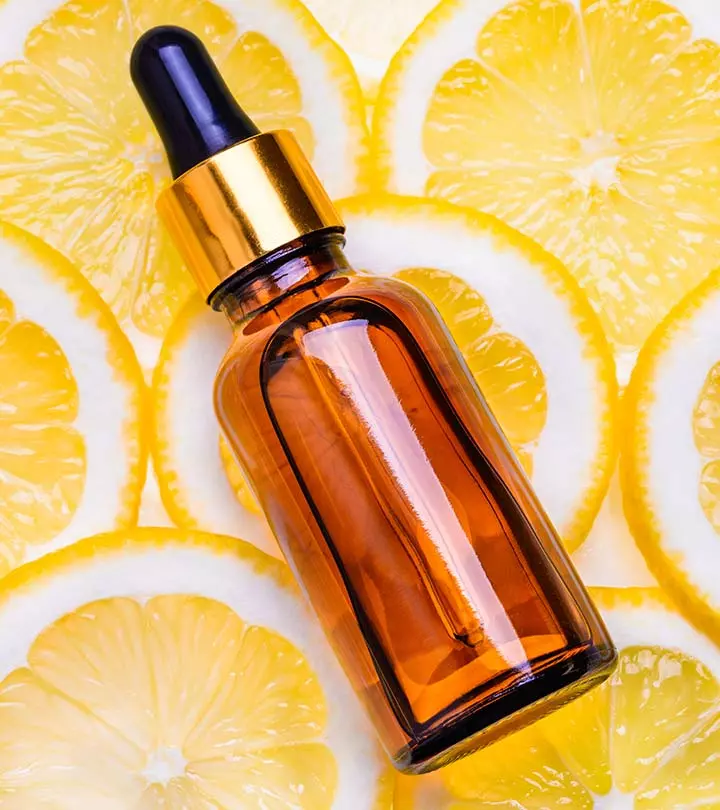
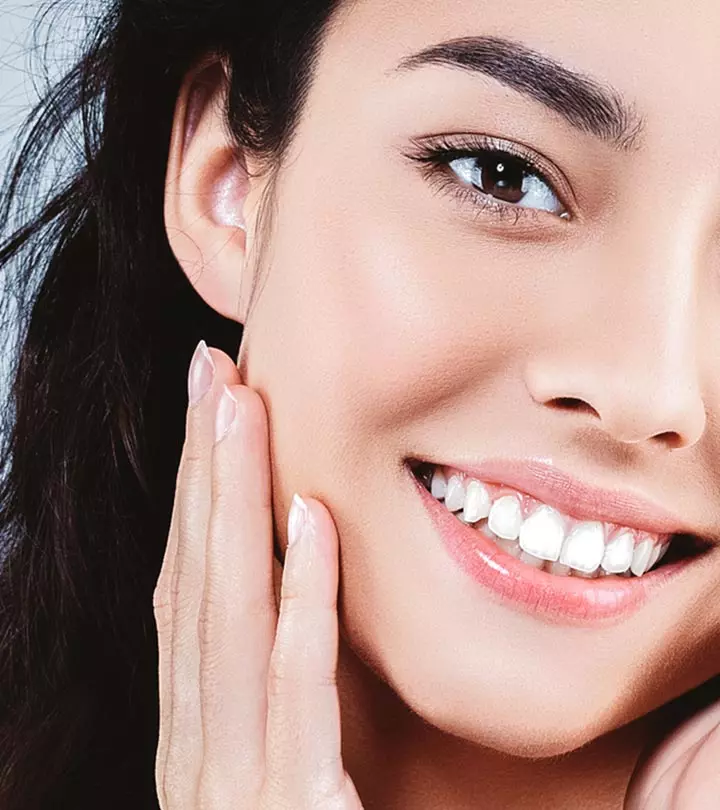
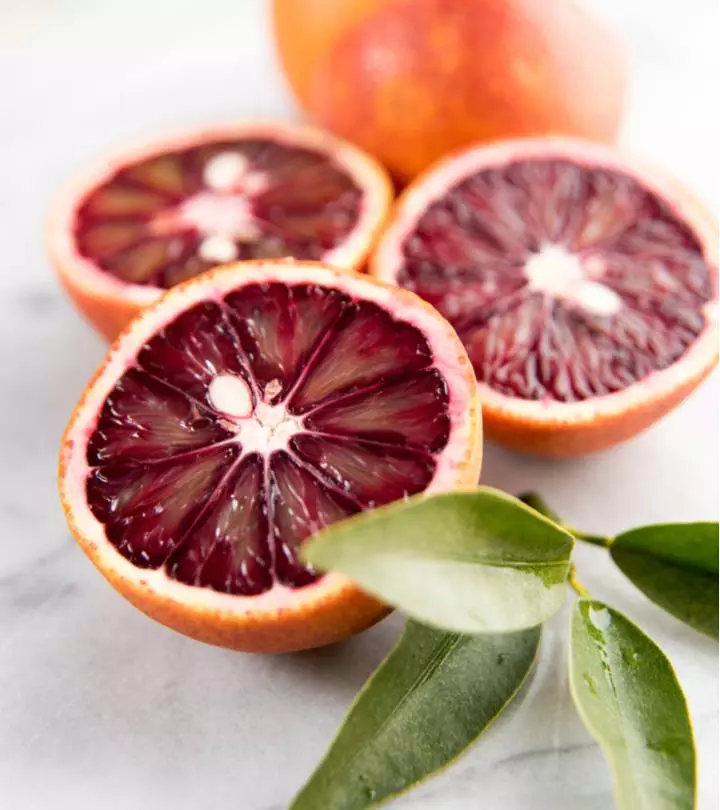


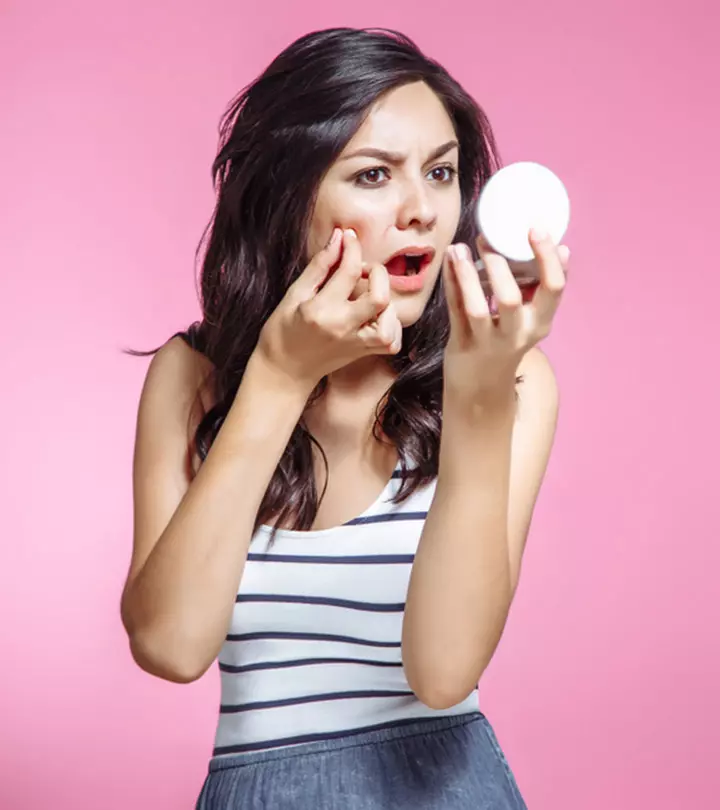
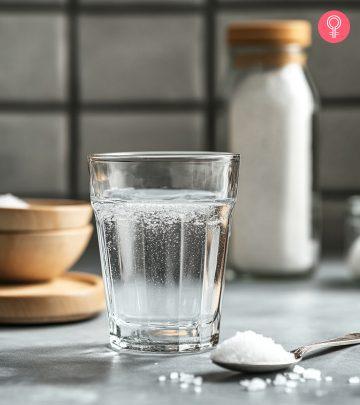

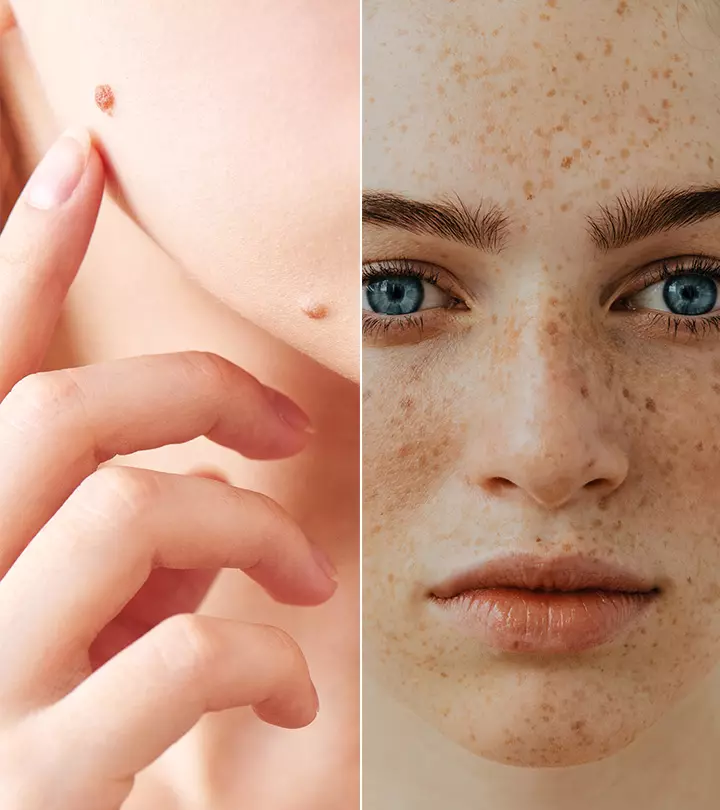
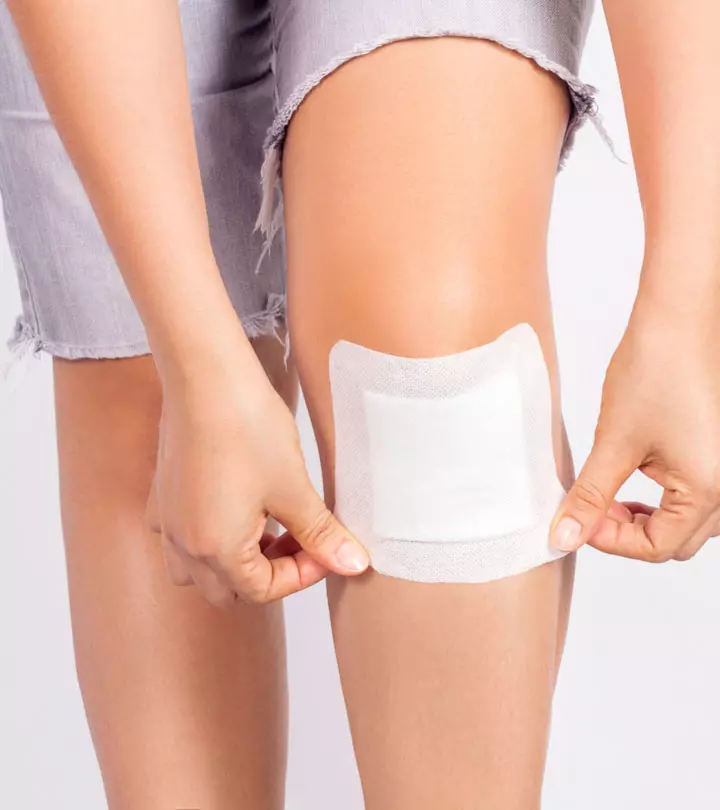
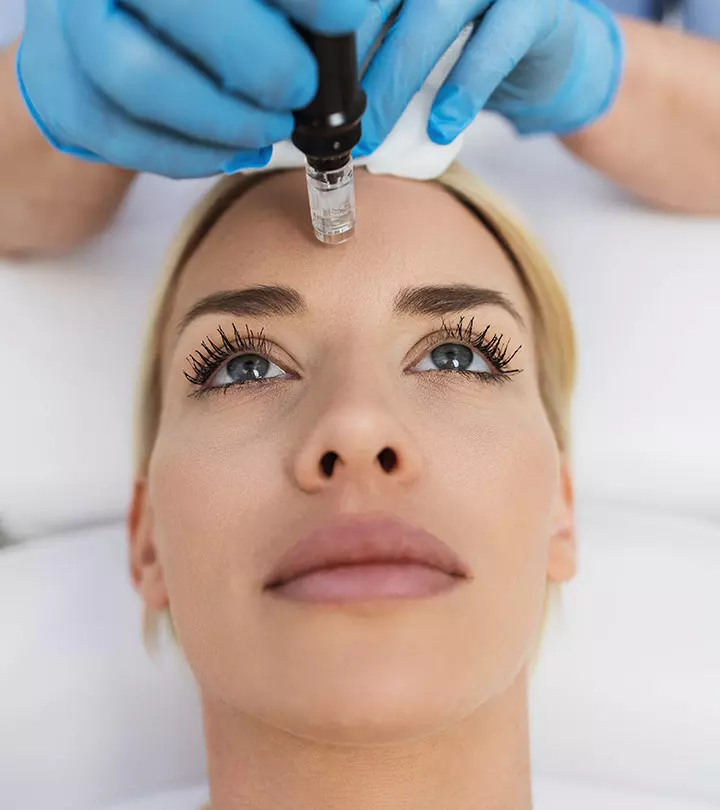
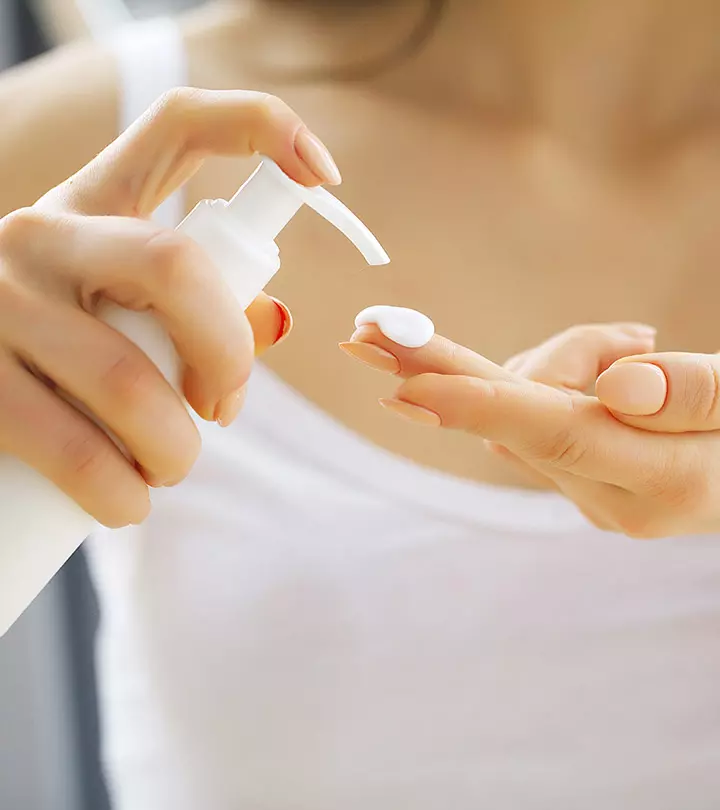




Community Experiences
Join the conversation and become a part of our empowering community! Share your stories, experiences, and insights to connect with other beauty, lifestyle, and health enthusiasts.